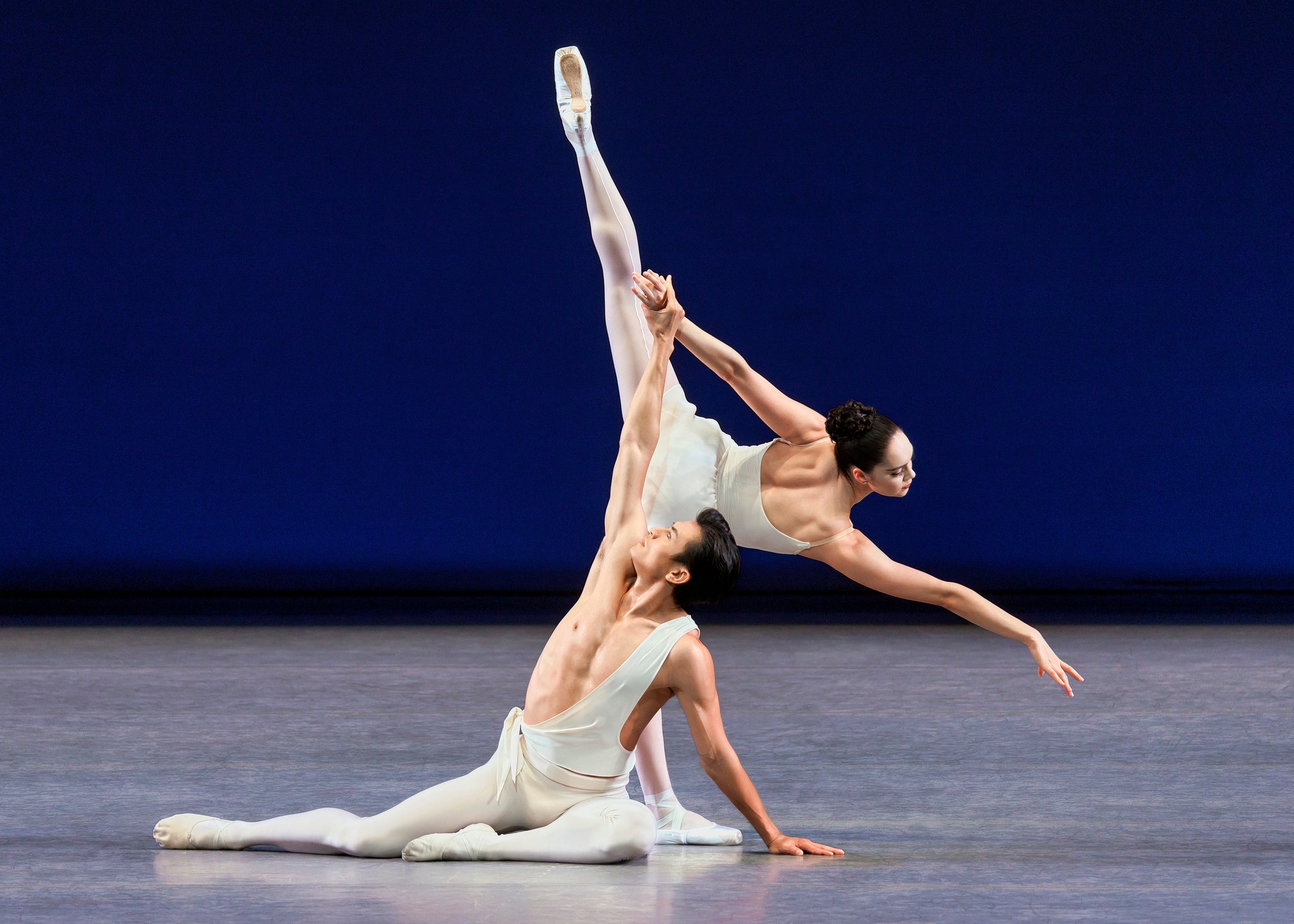Natural Histories
Miriam Miller steps into the center and raises her arm with deliberation, pressing her palm upward to the vaulted Gothic ceiling of the cathedral.
Continue Reading
World-class review of ballet and dance.
It’s the end of the year! How did we get here? I don’t think I’m alone in the impression that January was just yesterday. Twenty twenty-three was the year in which things began to feel normal again for those of us who spend a lot of time at the theater. Theaters were full, and audiences were happy to be there. Along the way, there were performances that made me particularly glad to be there, surrounded by people, all breathing the same air and experiencing the same thrill. Here are a few of those moments, in no particular order.




Miriam Miller steps into the center and raises her arm with deliberation, pressing her palm upward to the vaulted Gothic ceiling of the cathedral.
Continue ReadingIn a series called “Just Dance” on Nowness—a site I sometimes visit to see what’s up in the world of “genre busting” dance films that make it onto this stylized platform—I sometimes find little gems that quietly rock my world.
Continue ReadingBack in October, New York City Ballet got a new cowboy. His arrival occurred in the final section of George Balanchine’s “Western Symphony.”
Continue ReadingWhen Richard Move enters from stage left, his presence is already monumental. In a long-sleeved gown, a wig swept in a dramatic topknot, and his eyes lined in striking swoops, the artist presents himself in the likeness of Martha Graham—though standing at 6’4, he has more than a foot on the late modern dance pioneer.
Continue Reading
comments